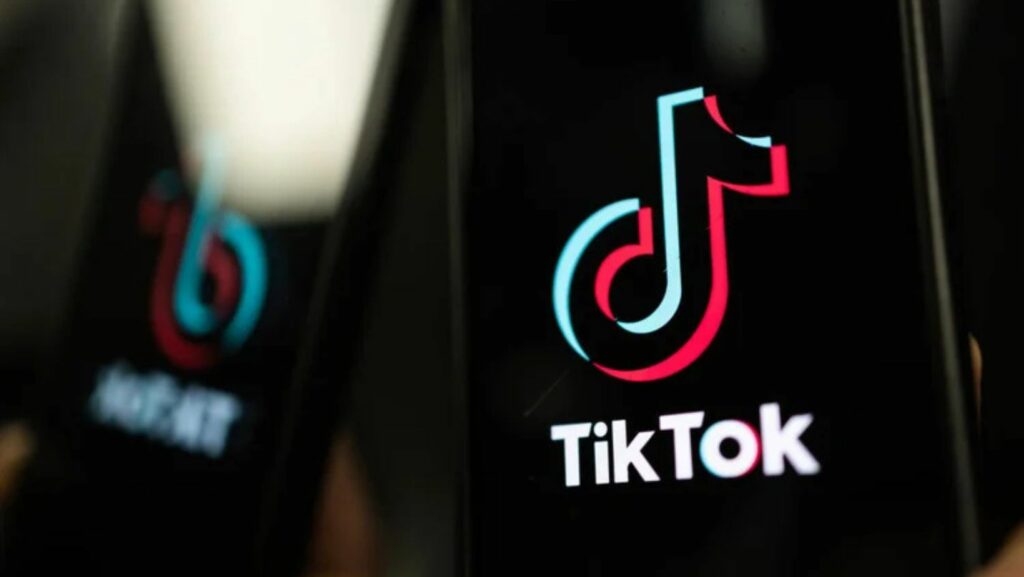The staffing shortage in healthcare is not some distant problem in another state—it’s a daily reality for hospitals, long-term care centers, and clinics across the country. Facilities that rely on traditional nurse staffing models now find themselves struggling to keep units covered, staff supported, and budgets under control.
A new playbook is taking shape. Facilities are pairing traditional approaches with flexible healthcare staffing strategies and technology-driven platforms that boost staffing efficiency. The goal isn’t just to survive the shortage but to build resilient healthcare staffing models that can bend without breaking.
The growing staffing shortage in healthcare
Healthcare leaders everywhere are grappling with the same question: How do we keep patients safe when there aren’t enough clinicians to go around?
Understanding today’s nurse shortage
The nurse shortage is one of the most pressing workforce challenges in healthcare today. Projections from the Bureau of Health Workforce estimate the U.S. will be short hundreds of thousands of registered nurses (RNs) and licensed practical/vocational nurses (LPNs/LVNs) by 2037. At the same time, the demand for care keeps climbing due to an aging population, chronic illness, and seasonal surges.
Facilities in every setting—from hospitals to long-term care centers—are caught in the middle. The pipeline of new nurses isn’t keeping pace with retirements, and many early- and mid-career clinicians are leaving the profession due to stress, burnout, or pay gaps.
The result? A diminished healthcare workforce, just as patient needs are escalating.
Impacts on patient care, staff burnout, and facility budgets
The staffing shortage doesn’t just mean open shifts. It creates problems for patients, workers, and facilities:
- Patient care suffers because fewer nurses for more patients means longer waits, treatment delays, and more chances for mistakes.
- Clinicians face mandatory overtime and constant understaffing, causing stress, burnout, and often turnover.
- Facility budgets struggle with the overtime costs and recruiting expenses, putting a strain on already tight finances.
Why traditional staffing models alone are no longer enough
Hospitals have relied on full-time staff, float pools, and staffing agencies to manage nurse staffing needs for decades. However, these methods struggle to keep up with the fast-paced and large-scale demands of today. Float pools depend on the limited size of the workforce, and working with agencies often leads to higher expenses and slower response times.
Healthcare facilities can’t out-recruit the shortage, but smarter staffing models can help them outlast it.
To adapt, healthcare facilities need to create hybrid staffing models. Combining traditional methods with flexible, technology-driven solutions will help build systems that handle daily changes and bigger emergencies.
What facilities should look for in a staffing solution
Choosing the right partner goes beyond just filling shifts. Facilities should focus on solutions that offer all of the following:
- Flexibility to scale with census fluctuations
- Speed and reliability in last-minute shift coverage
- Cost-effectiveness compared to agency markups and overtime
- Ease of use for schedulers and administrators
- Compliance support to ensure credentialing and patient safety

These qualities help facilities protect quality of care while managing budgets and staff morale.
Why per diem staffing complements traditional models
Per diem staffing fills the gaps that traditional models leave behind. It gives facilities immediate access to qualified clinicians without long-term commitments, reducing reliance on costly overtime or travel contracts.
By supporting full-time staff and easing burnout, PRN shifts strengthen retention and create more resilient healthcare staffing models. Facilities that integrate per diem staffing into their playbook gain a flexible buffer—coverage when it’s needed most, without overspending when census dips.
Deep-dive on a model staffing platform
Nursa is one example of how a healthcare staffing platform can bridge the gap between traditional staffing and modern needs.
By connecting facilities directly with vetted, local PRN registered nurses, licensed practical/vocational nurses, nursing assistants, medication aides, and more in real time, Nursa delivers flexible healthcare staffing that keeps care consistent even when census levels change overnight.
With no minimum-use quotas or long-term contracts, facilities have the flexibility to scale staffing up and down alongside census fluctuations. PRN shift postings with Nursa enable facilities to quickly cover last-minute call outs, holidays, and hard-to-fill weekend shifts—and even plan ahead.
By easing the pressure on in-house full-time staff, PRN staffing helps facilities reduce reliance on overtime, prevent burnout, and improve morale. Reliable contingent staff ensure permanent teams stay supported instead of overburdened.
Unlike traditional staffing agencies, Nursa eliminates high markups and hidden fees by offering true pricing transparency. Facilities control their own shift rates, paying only for completed shifts—a model that delivers staffing efficiency and allows facilities to contain labor costs.
Building a smarter staffing strategy
The staffing shortage is reshaping healthcare, pushing facilities to rethink how they build and support their teams.
Traditional nurse staffing models remain essential, but on their own, they can’t keep pace with today’s demand. By combining them with flexible, technology-driven solutions, facilities can create resilient healthcare staffing models that protect both patients and staff.
Per diem staffing plays a key role in this shift. Platforms like Nursa offer speed, compliance, and cost transparency, helping facilities cover shifts without overextending budgets or burning out permanent staff.
For healthcare leaders, the path forward isn’t choosing old or new—it’s building a model strong enough to flex with whatever comes next.



